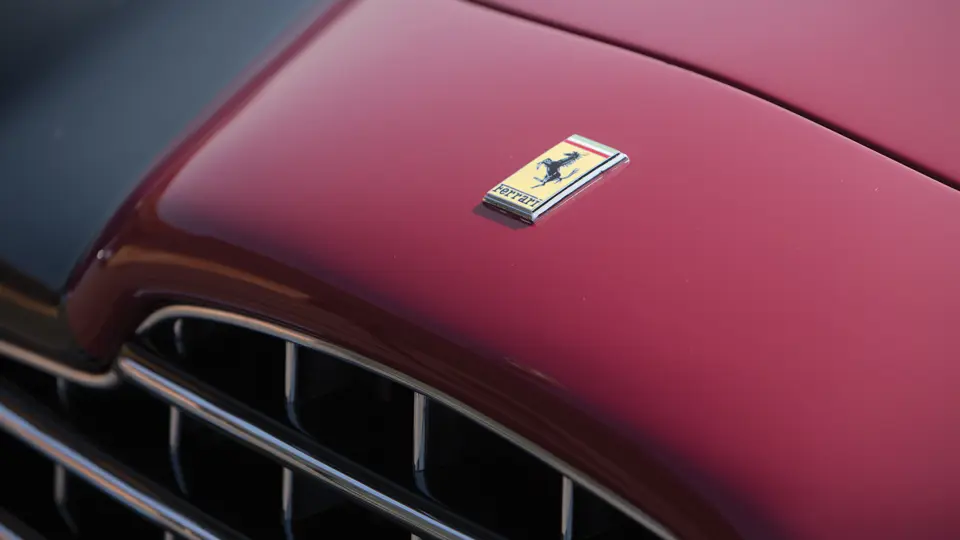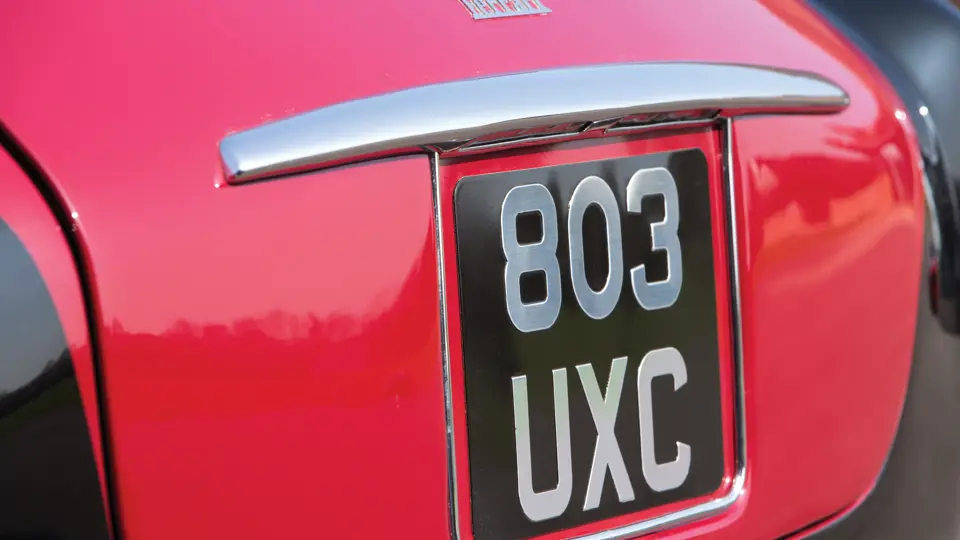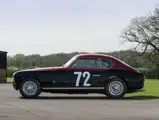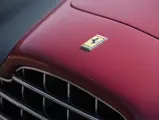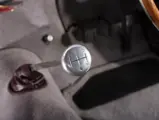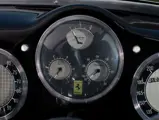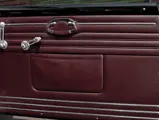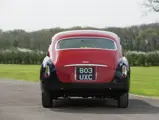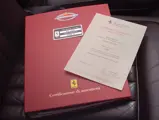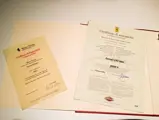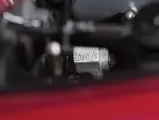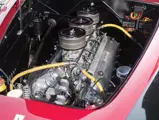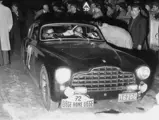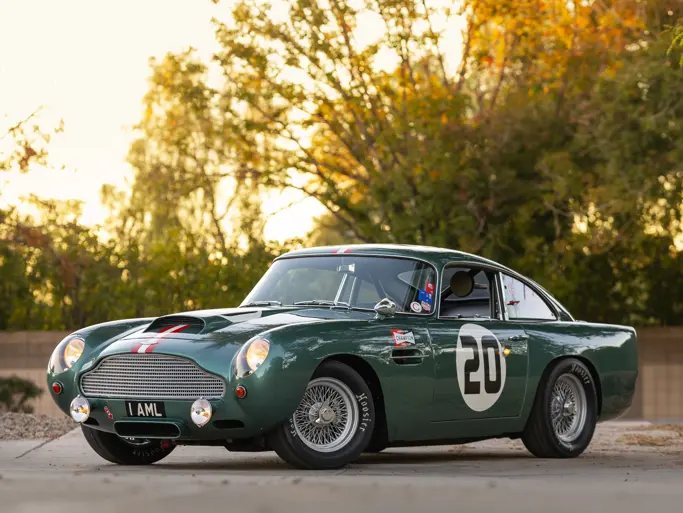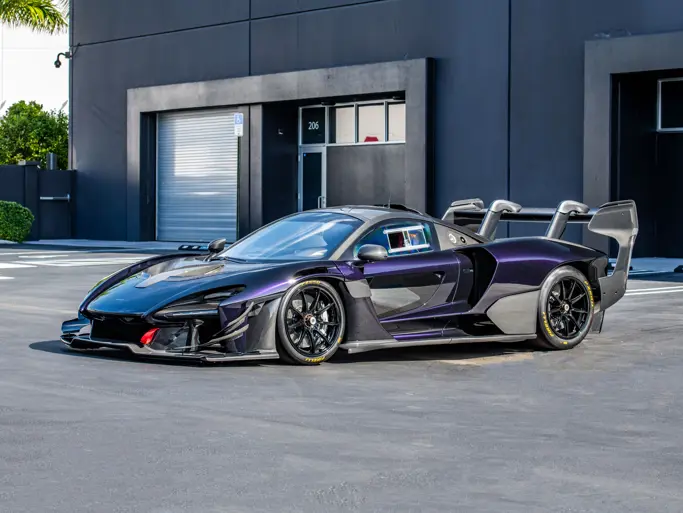
1950 Ferrari 195 Inter Berlinetta by Ghia
{{lr.item.text}}
€1,250,000 - €1,650,000 EUR | Not Sold
{{bidding.lot.reserveStatusFormatted}}
- The 1951 Brussels Motor Show car
- Period competition history; A 1957 Liège–Rome–Liège Rally entrant
- Highly eligible for historic events, including the Mille Miglia Storica
- Ferrari Classiche certified
- Esposta al Salone di Brussels del 1951
- Partecipazioni in gare dell'epoca; iscritta alla Liegi-Roma-Liegi del 1957
- Elegibile per molti eventi storici, inclusa la Mille Miglia Storica
- Certificata Ferrari Classiche
130 bhp, 2,341 cc DOHC alloy V-12 engine with three Weber 36DCZ 3 carburettors, five-speed manual transmission, front suspension by transverse leaf springs and a lower A-arm with Houdaille lever-action shock absorbers, rear live axle with semi-elliptical leaf springs, lever-action shock absorbers, and two trailing arms, and four-wheel hydraulic drum brakes. Wheelbase: 2,500 mm
130 cv, motore V-12 in alluminio da 2.341 cc con singolo albero a camme in testa e tre carburatori Weber 36DCZ 3, trasmissione manuale a cinque velocità, sospensione anteriore con balestre trasversali e triangoli in basso con ammortizzatori a leva, posteriore con ponte rigido con balestre semi ellittiche e ammortizzatori a leva, freni a tamburo a comando idraulico su tutte e quattro le ruote. Passo: 2.500 m
By 1950, Enzo Ferrari was sufficiently established enough that he was able to concentrate part of his production on the creation of an exclusive road going car. He realised that, thanks to the success that his V-12-engined racing cars had achieved, he could attract customers to buy high-performance, luxury cars, which would hopefully help fund Scuderia Ferrari’s racing activities.
When the 195 was introduced in 1950, it was the newest Ferrari in the continual evolution of the marque at the time, as it utilised a chassis that was typical of Ferrari but had two oval longerons, which were cross-braced by further oval tubing. The front suspension was by unequal length wishbones with an anti-roll bar and transverse springs. At the rear, semi-elliptical springs supported a solid rear axle, which was well-located by upper and lower pairs of radius arms. Braking was achieved by huge 12-inch, hydraulically operated aluminium drums with steel liners. Borrani wire wheels were standard, with most Inters weighing only about 2,200 pounds.
The 195 was introduced almost simultaneously with the 212, and it did not see a great deal of competition use, as the 212’s larger displacement offered a slight advantage. Nonetheless, any Ferrari was suitable for racing, and several 195s did very well in international competition. Giannino Marzotto, a handsome young member of Italy’s industrial aristocracy, won the Mille Miglia in 1950, and that same car led at Le Mans before being side-lined by a failed generator mount. Racing victories aside, the real purpose of the 195 Inter was to provide a suitable mount for the exquisite artistry of Ghia, Vignale, Touring, and others. Its longer wheelbase and increased power output made it ideally suited to the task.
Carrozzeria Ghia was, and is, one of the most famous Italian automobile design and coachbuilding companies. Between the world wars, Ghia designed special bodies for Alfa Romeo, Fiat, and Lancia, with one of the most famous being the Fiat 508 “Ballilla” Sports Coupé in 1933. The design and construction of automobile bodies for both touring and competition had been Ghia’s foundation for nearly 25 years before the Second World War broke out.
When Giacinto passed, Santina Ghia was determined to have the family name continue, so she offered what was left of her husband’s company to two of his closest associates, Giorgio Alberti and Felice Mario Boano, with the latter having been chosen as a successor by Ghia before his death.
The Ferrari 195 Inter Berlinetta presented here, chassis number 0089 S, was completed on 26 October 1950 and delivered on 16 January 1951. Soon thereafter, it was shown at the Brussels Motor Show. Afterwards, it was delivered new to Comptoir Automobiles Richard SA in Brussels and later sold to Leon Sventorghetski, better-known as Leon Sven, who was the manager of the Spa Francorchamps race circuit. The car was raced on the legendary Liège–Rome–Liège Rally in late August 1957, at the hands of De Lannoy and Henry. It is pictured racing in the book Marathon de la Route 1931–1971 by Jean-Paul Delsaux, where the car is seen wearing Belgium registration plate 57.6206.
Mr William D. M. Hay, of Surrey, England, acquired the car in the 1960s in Zimbabwe and had the car flown back to the UK on a British Airways flight. Whilst little is known of the interim history, it has been confirmed that the car was totally disassembled and received a full restoration by UK-based specialists Hall & Hall in 2003. At this time, it was repainted dark red with black sides.
In May 2006, it was then driven on the Mille Miglia Storica by Mr and Mrs Hay, where it wore race number 233 and British license plate 803 UXC. In May 2008, the Ferrari was acquired by Mr Fritz Neuser, of Nürburg, Germany. Later that year, Neuser sold the car to Mr Werner Schmidt, of Schmidt Gingerbread Cake fame, who was a resident of Schwaig, Germany. The car then reappeared on the Mille Miglia in 2009, being driven by Werner and Maximilian Schmidt and wearing race number 133. In 2010, the 195 Inter was shown at the Unique and Special Ones Concours d’Elegeance, held in Florance, Italy. It was subsequently put on display at the Museo Ferrari in Maranello during 2011.
As the fourth of only thirty-six Ferraris bodied by Carrozzeria Ghia, chassis number 0089 S represents one of the most important remaining examples of an early coachbuilt, road going Ferrari, and of course, it would be welcomed with open arms at the world’s most prestigious historic automotive events.
In the words of Autosport magazine, writing of the 195 Inter on 4 May 1951: “This is a truly beautiful vehicle and is a first-class example of the modern Italian coachbuilder’s art. Whilst possessing a superb road performance, it has the comfort and manners of a luxurious family saloon”.
Nel 1950, Enzo Ferrari era sufficientemente affermato da poter dedicare parte dei suoi sforzi alla creazione di un' auto stradale esclusiva. Egli intuì che grazie al successo ottenuto con le sue auto da corsa con motore V-12, poteva attirare la clientela ad acquistare auto stradali lussuose e di elevate prestazioni, che potessero eventualmente aiutare a finanziare le attività sportive della Scuderia Ferrari.
Quando fu introdotta la 195 nel 1950, era la Ferrari più moderna derivata dalla continua evoluzione del Costruttore, caratterizzata dal telaio con uno schema tipico della Ferrari, ma modificato dall'aggiunta di due longheroni ovali che erano uniti da traverse a croce, della medesima sezione. Le sospensioni anteriori erano formate da triangoli deformabili di diversa lunghezza con barra antirollio e balestra trasversale. Al posteriore vi erano molle semiellittiche a sostenere il ponte rigido, che era ben posizionato grazie a due paia di puntoni superiori ed inferiori. La frenata era garantita da grossi freni a tamburo da 30 cm in alluminio con rivestimento in acciaio, ed a comando idraulico. La macchina era fornita standard con i cerchi Borrani e la maggior parte delle Inter pesava soltanto 997 kg.
La 195 fu introdotta contemporaneamente alla 212, e pertanto non vide un grande impiego nelle competizioni, giacché la cilindrata maggiore della 212 offriva una maggiore potenza. Nonostante ciò, ogni Ferrari era fatta per correre e molte 195 ottennero diversi successi a livello internazionale. Giannino Marzotto, un affascinante giovane membro dell'aristocrazia italiana, vinse l'edizione del 1950 della Mille Miglia e sempre nello stesso anno condusse al primo posto a Le Mans prima di ritirarsi per una rottura ad un supporto del generatore. Al di là dei successi agonistici, il vero scopo della 195 Inter era quello di essere una valida base per la maestria dei carrozzieri come Ghia, Vignale, Touring ed altri. Il suo passo medio-lungo e la maggiore potenza offerta dal propulsore rendevano questa macchina adatta alla realizzazione di vestiti su misura.
La Ghia era, ed è, una delle più famose carrozzerie italiane dedicate all'allestimento ed al disegno di automobili. Tra le due guerre, Ghia disegnò carrozzerie speciali per Alfa Romeo, Fiat e Lancia, e fra le più famose era la Fiat 508 "Balilla" Coupè sport del 1933. Il disegno e la costruzione di carrozzeri per auto sia da turismo che da competizione è stato il concetto base della Ghia per 25 anni prima dell'inizio della Seconda Guerra Mondiale.
Quando morì Giacinto, Santina Ghia fu determinata a garantire una continuità al nome di famiglia, così cedette l'azienda di suo marito a due dei suoi più stretti collaboratori, Giorgio Alberti e Felice Mario Boano, quest'ultimo designato come successore da Ghia prima che morisse.
La Ferrari 195 Inter Berlinetta presentata qui, numero di telaio 0089 S, fu commissionata il 26 ottobre 1950 e consegnata il 16 gennaio 1951. Poco dopo fu esposta al Salone di Brussels. Successivamente fu consegnata nuova presso la Comptoir Automobiles Richard SA di Brussels e poi vendtuta a Leon Sventorghetski, meglio conosciuto come Leon Sven, che all'epoca era il direttore del circuito di Spa Francorchamps. L'auto corse nel leggendario rally Liegi-Roma-Liegi di fine agosto 1957 con al volante De Lannoy ed Henry. La macchina è raffigurata in corsa nel libro Marathon de la Route 1931-1971 di Jean Paul Delsaux, dove la si vede con targa belga 6206.
Il Sig.William D.M. Hay del Surrey, Inghilterra, acquistò la macchina nel 1960 quando si trovava nello Zimbabwe e la portò nel Regno Unito tramite un volo della British Airways. Sebbene si conosca poco della storia di questa macchina, è provato che fu completamente smontata e restaurata integralmente dallo specialista inglese Hall & Hall nel 2003. A questo punto della sua vita era stata ridipinta in rosso con strisce nere.
Nel maggio 2006 partecipò alla Mille Miglia Storica con Mr e Mrs Hay al volante, dove le fu assegnato il numero di gara 233 e montava targa inglese 803 UXC. Nel maggio 2008, questa Ferrari fu acquistata dal Sig.Friz Neuser di Nurburg, Germania e certificata dalla Ferrari Classiche. Più avanti in quell'anno Neuser vendette la macchina al Sig. Werner Schmidt conosciuto per via della sua Schmidt Gingerbread Cake, ed era residente a Schwaig, Germania. La macchina riapparse alla Mille Miglia nel 2009, guidata da Werner e Maximilian Schmidt con numero di gara 133. Nel 2010, questa 195 Inter fu presentata al concorso d'eleganza Unique e Special Ones, tenuto a Firenze. Successivamente fu esposta al Museo Ferrari di Maranello nel 2011.
Essendo la quarta di trentasei Ferrari carrozzate dalla Ghia, il numero di telaio 0089 S è uno degli esempi più importanti delle prime Ferrari stradali carrozzate su misura e sarà certamente accolta a braccia aperte agli eventi per auto storiche più importanti al mondo.
Nelle parole della rivista Autosport, che scrisse della 195 il 4 maggio 1951: "Questa è veramente un'auto eccezionale ed un grande esempio moderno di arte automobilistica italiana. Sebbene possegga superbe prestazioni in strada, è dotata del comfort e del comportamento di una lussuosa berlina di famiglia".

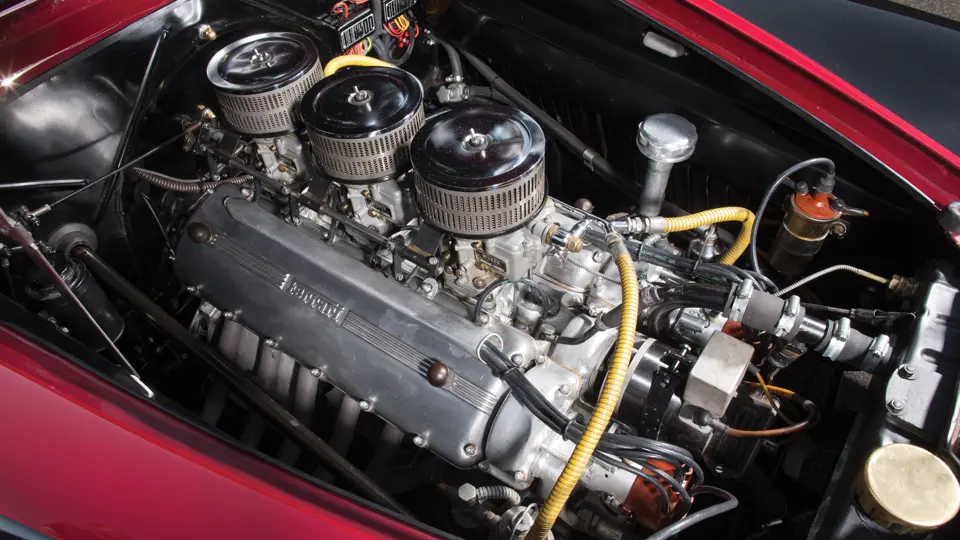


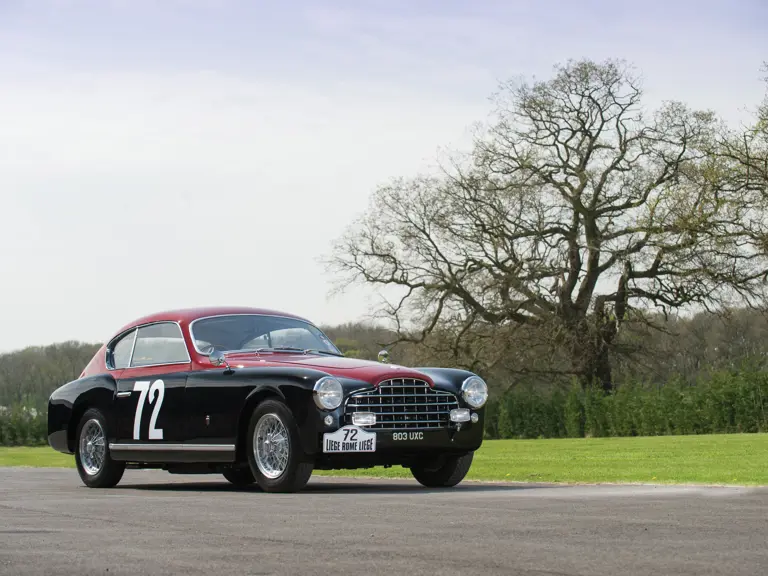
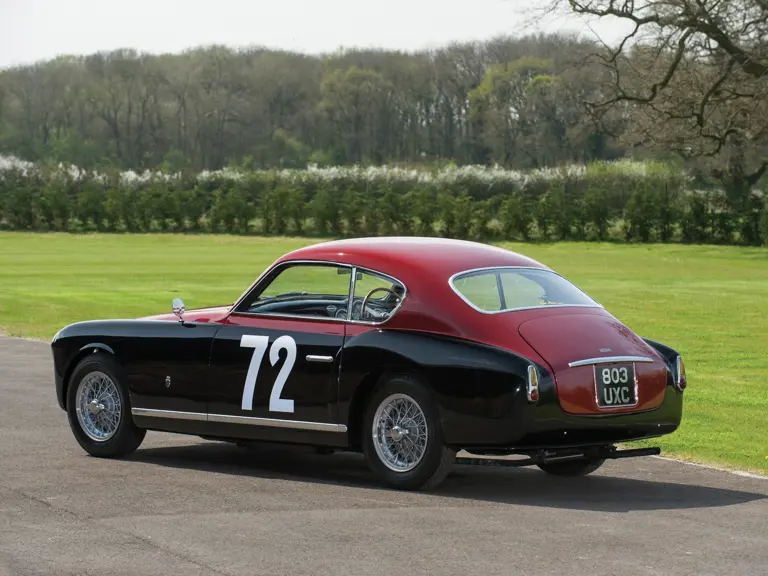
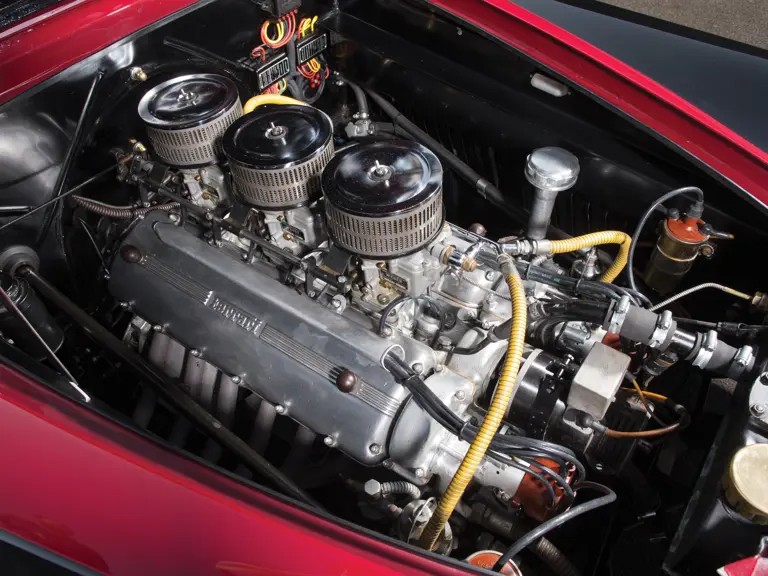
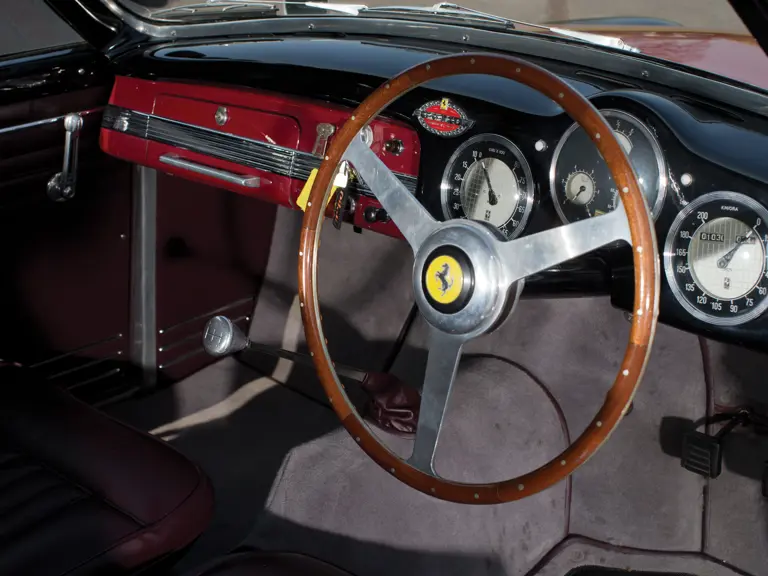
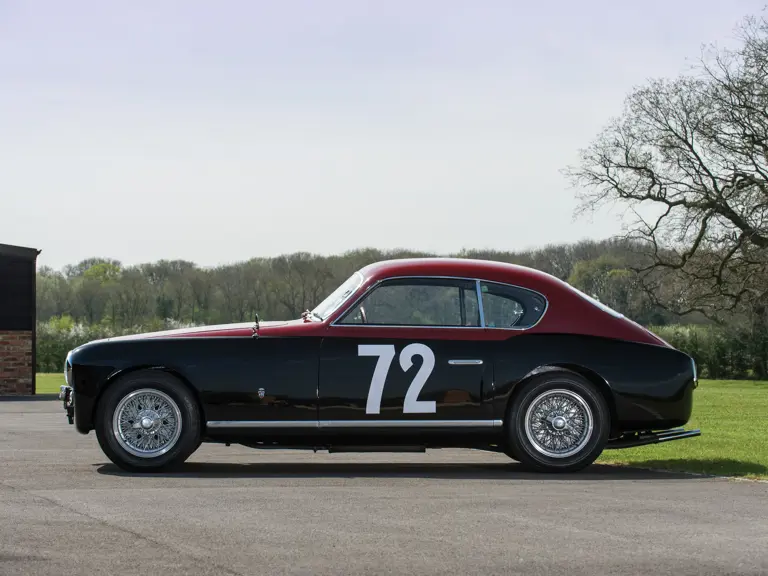
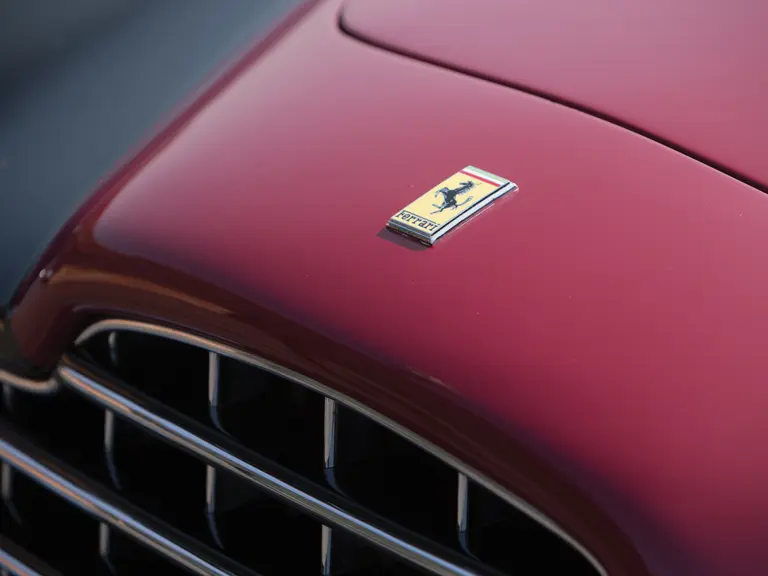
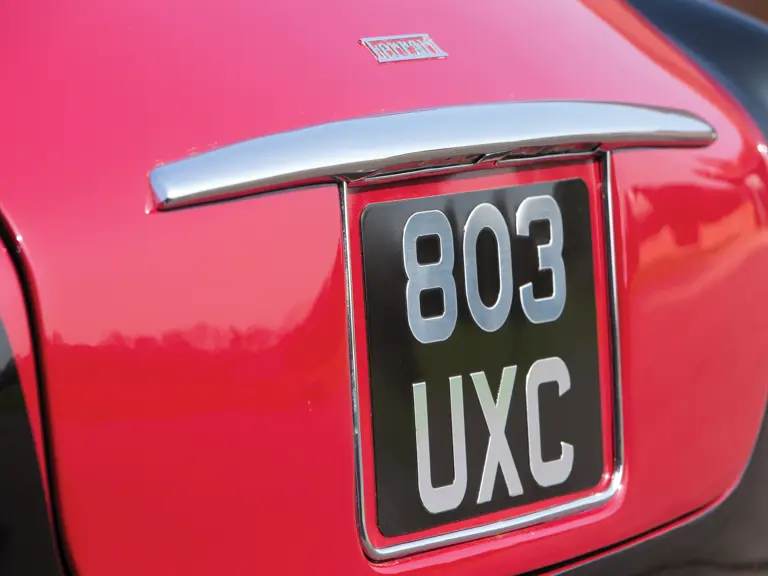
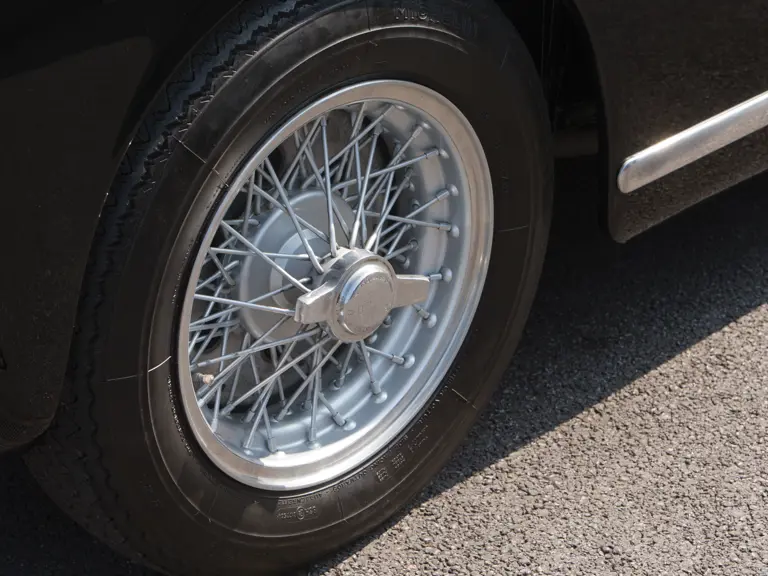
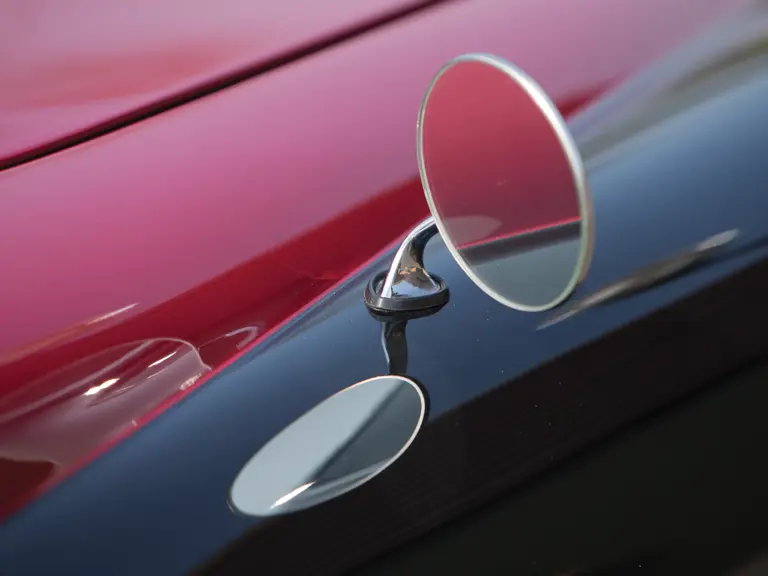
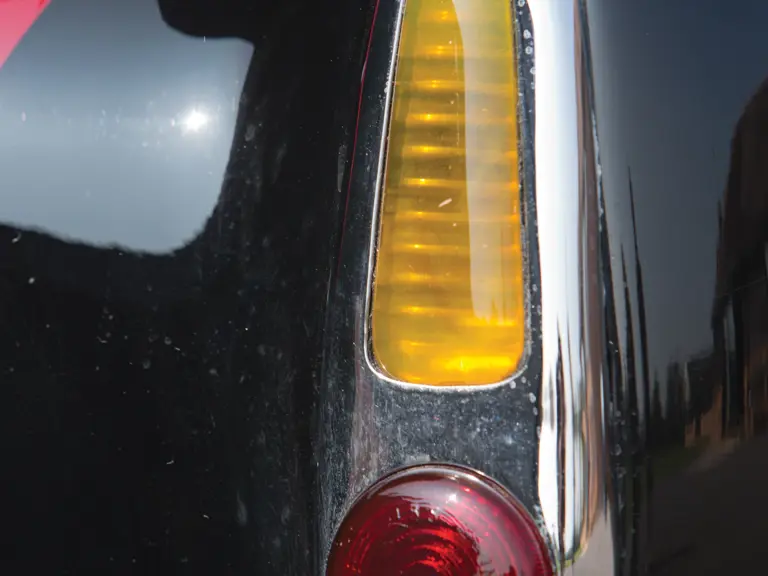

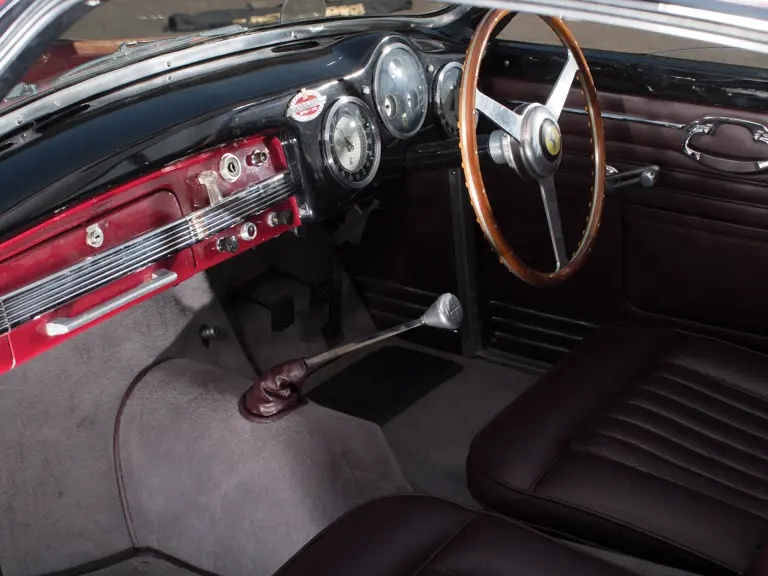
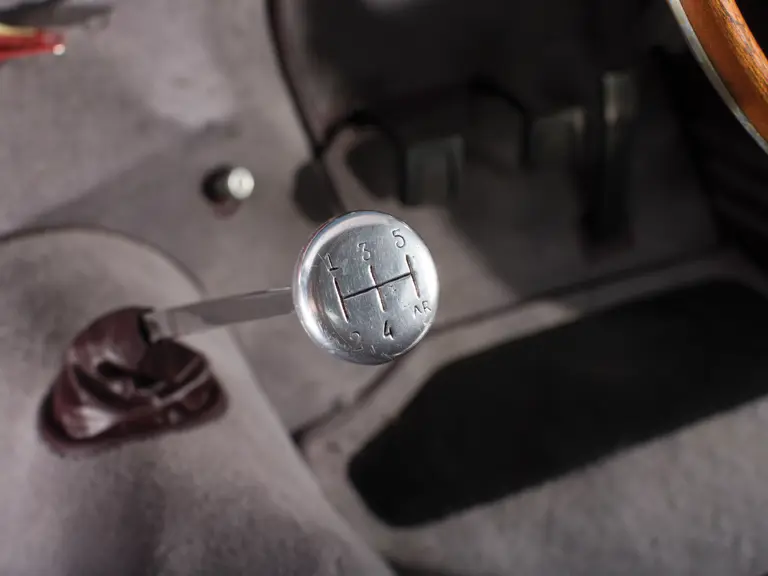
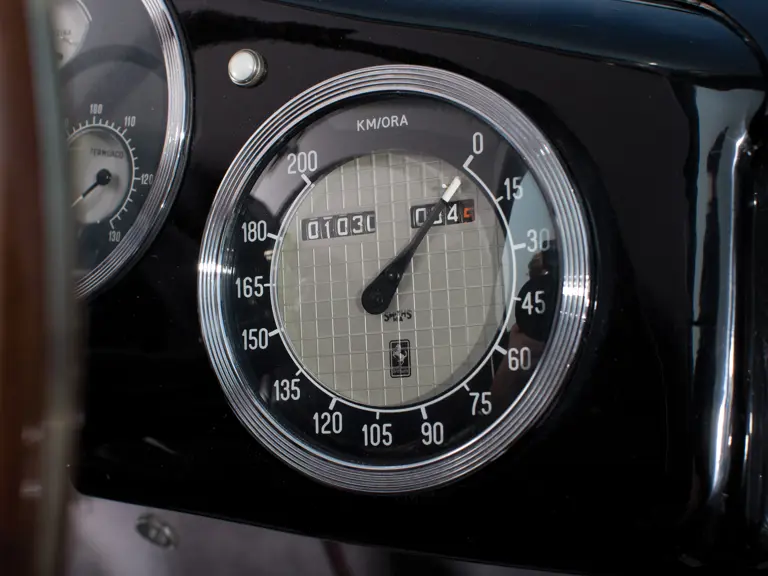
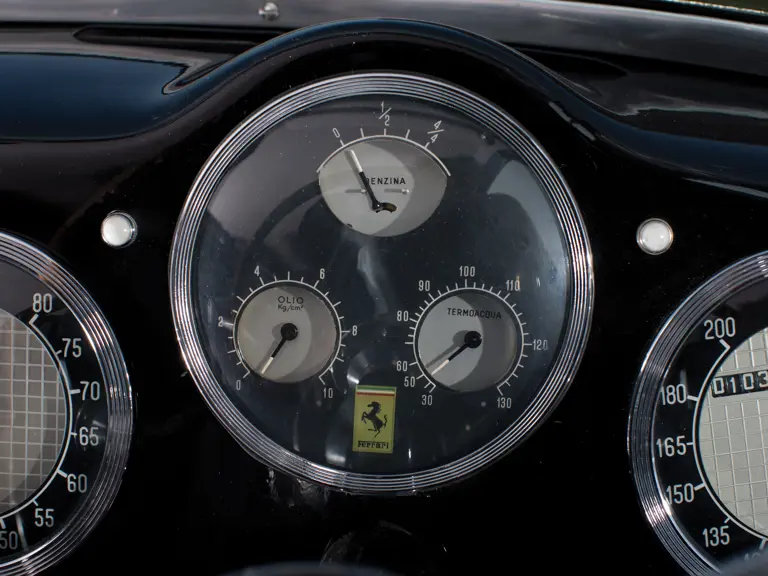
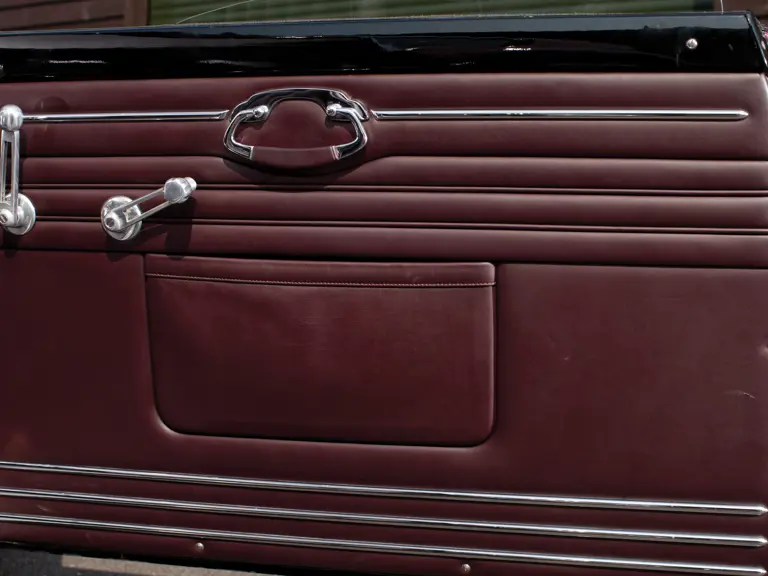
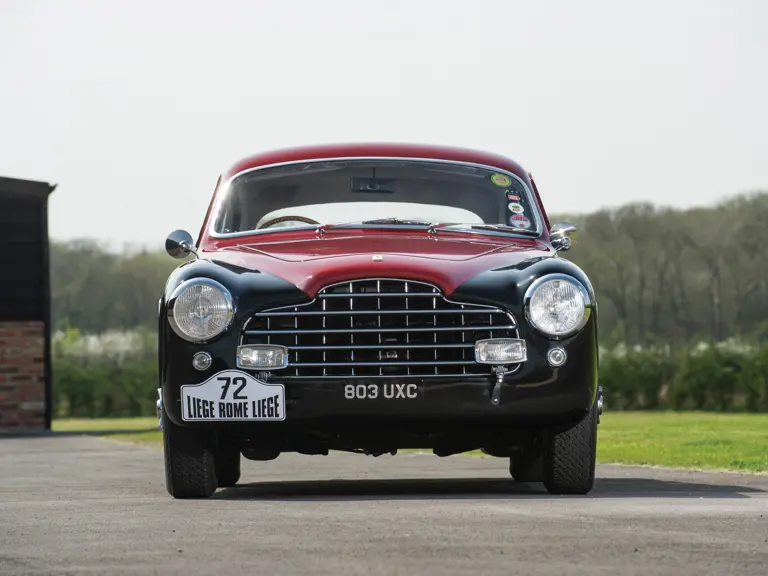
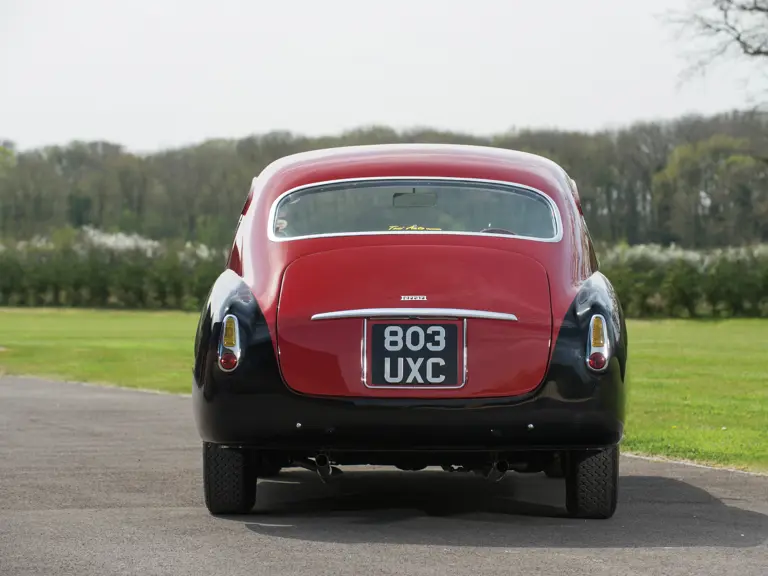
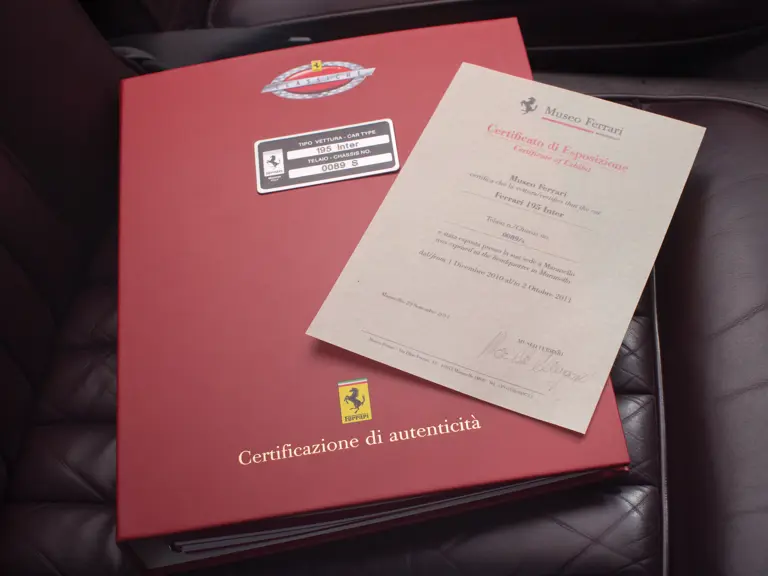
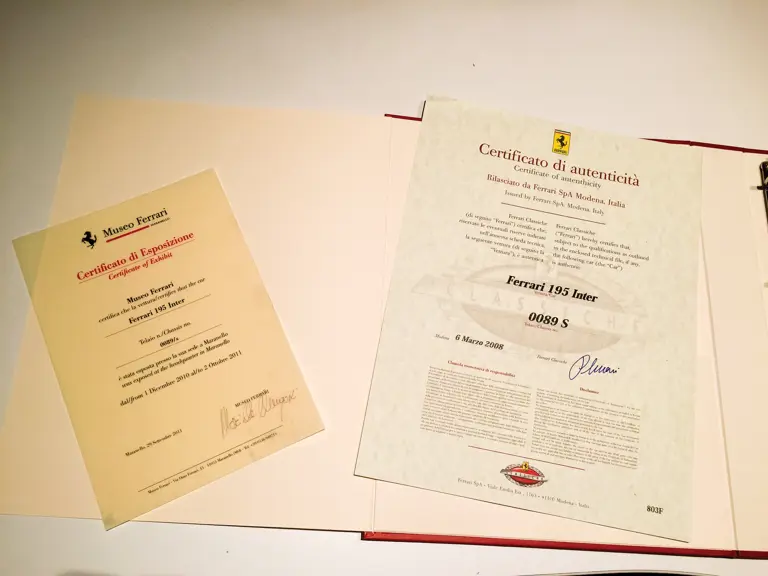

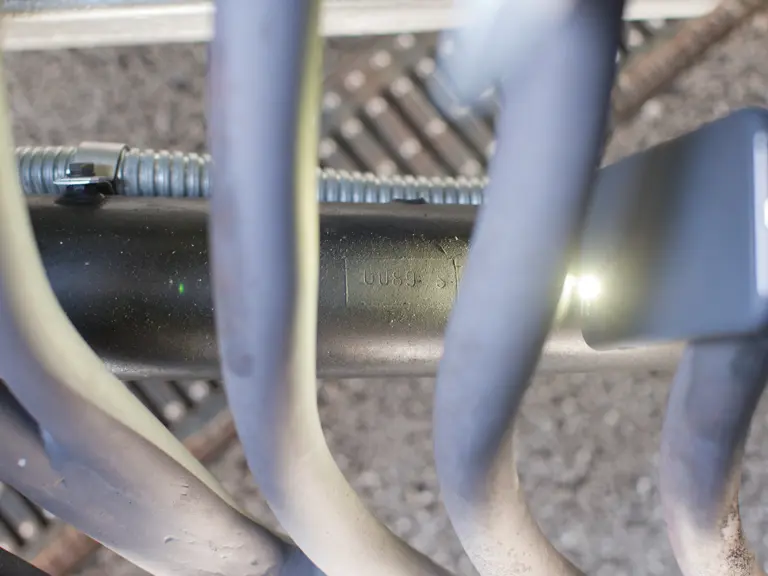
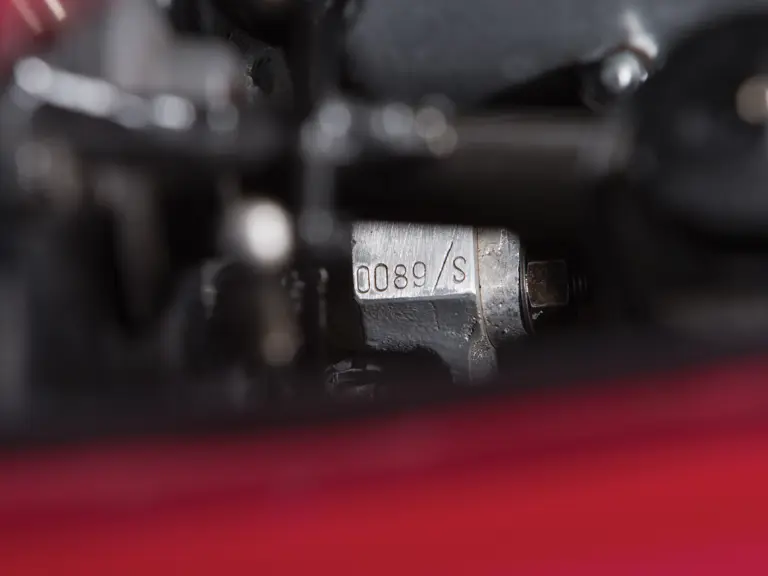
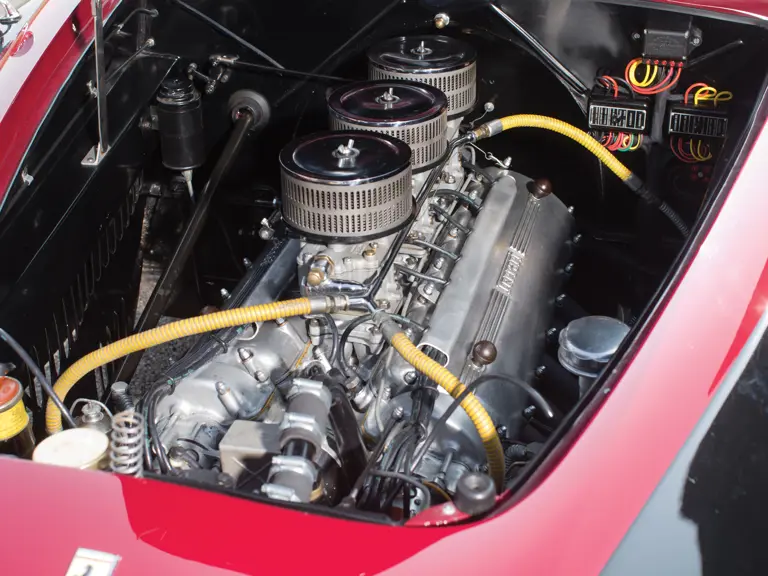
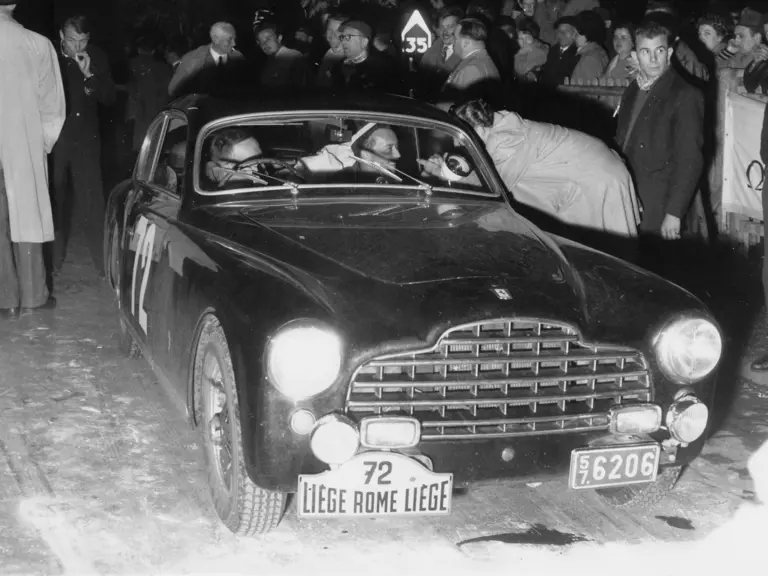
 | Cernobbio, Italy
| Cernobbio, Italy

